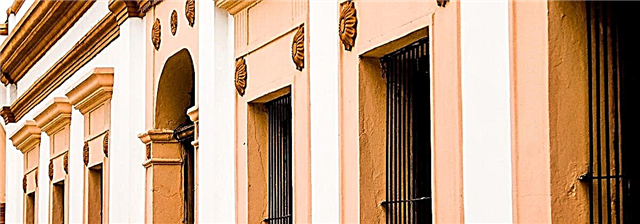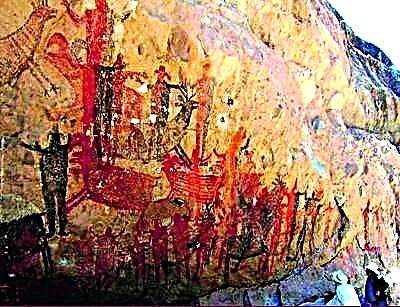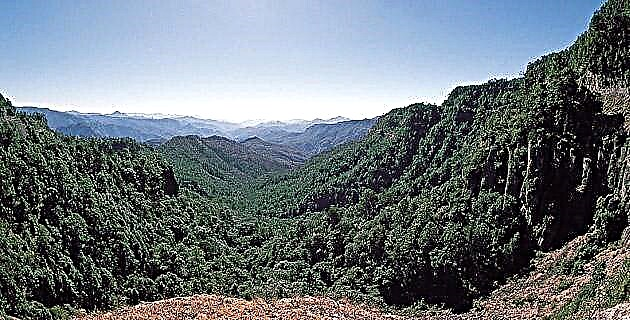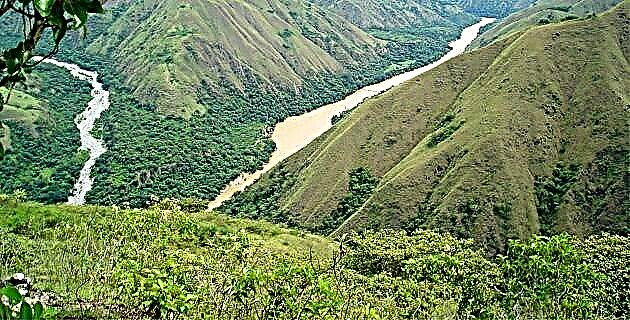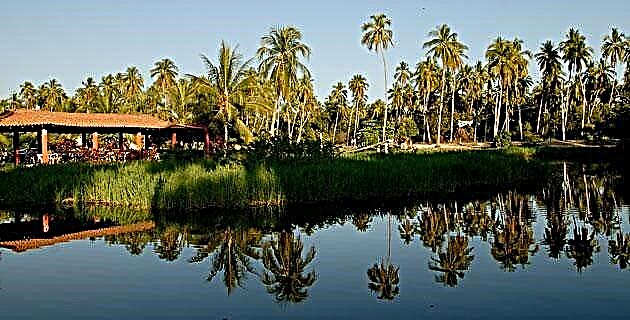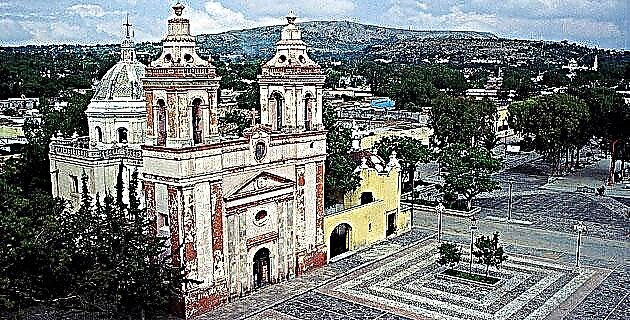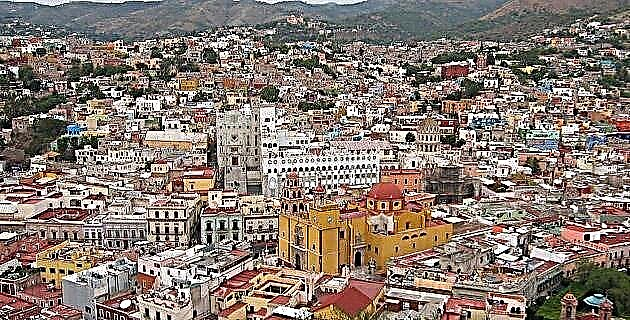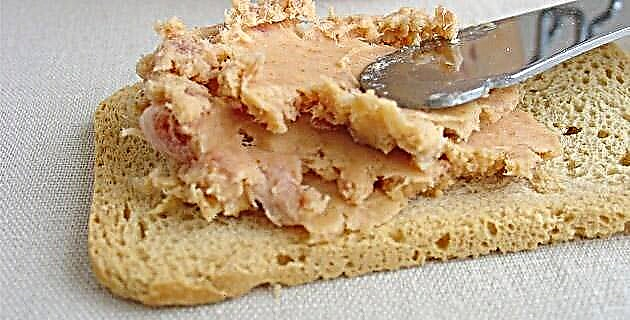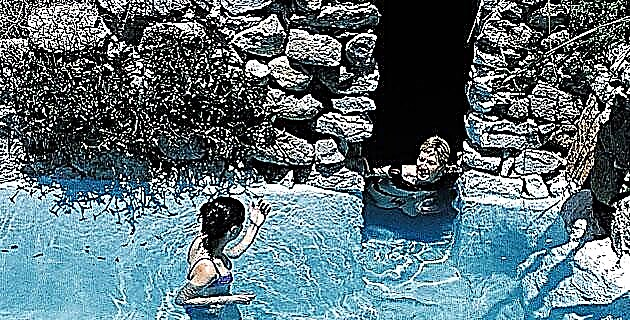
The ejido of San Bartolo Agua Caliente, belonging to the municipality of Apaseo el Alto, Guanajuato, is, in general, little known at the national level, although the people of the eastern region of the Guanajuato state and, especially those of the city of Querétaro, He has frequented it for many years, due to the healing properties of the water from a thermal spring that emerges in this community.
The history of these hot springs dates back to the middle of the 16th century when, in 1540, the town of San Bartolomé Agua Caliente was established, attached to a source of sulphurous waters. The foundation of this town was carried out by the caciques, of Otomí origin, Nicolás de San Luis Montañez and Fernando de Tapia, the latter better known as Conín.
Conín's daughter, Mrs. Beatriz Tapia, knowing of the curative properties of water, made, in 1601, a testamentary disposition in which it is put in writing that her brother Diego must build a hospital in the town of San Bartolomé, "with the house and adornment that is appropriate for it, so that the natural and poor Indians can be cured there… ”.
Don Diego de Tapia, for his part, inherits this commission and all its assets to his daughter Luisa, who, years later, decides to found the Convent of Santa Clara de Querétaro. Obviously, all the properties of the Tapia family belong to the convent, with which the fulfillment of the testamentary decree that Dona Beatriz, Luisa's aunt, made at the beginning of the seventeenth century, is postponed until well into the eighteenth century. In 1770, and thanks to the intervention of the Archbishop of Mexico, Francisco Antonio de Lorenzana, the Convent of Santa Clara was forced to build the aforementioned hospital.
THE HEALTH BATHS
Finally, the construction is carried out under the common agreement of the councils of Celaya, Querétaro, of the Indians who inhabited the town of San Bartolomé at that time and the Hipólitos parents, who must take charge of the hospital.
For more than a century, the Hospital de Baños de Salud de San Bartolomé Agua Caliente was in uninterrupted service for the use of the inhabitants of the region. The event of the armed struggle of 1910 and its consequences in terms of land tenure modified the conditions of the town of San Bartolomé, which, under a decree issued on February 20, 1924, became an ejido, which included within of its jurisdiction, the hot spring and the building of the Hospital de Baños.
The ejidatarios were short-lived, since in 1940, the descendants of Don Diego de Tapia claimed and obtained possession of the Hospital de Baños, prohibiting the residents of San Bartolo all access to them and to the spring itself.
Thus, for little more than three decades, the health baths were in the hands of the Tapia but, in 1976, the ejidatarios of San Bartolo decided to recover their property and, after a massive seizure of the building, the ejido regained possession of the baths and began to serve the general population again. This irregular situation lasted until 1990 when a legal lawsuit was filed between the descendants of the Tapia family and the ejidatarios. The trial, which lasted three long years in litigation, finally ruled in favor of the latter.
SAN BARTOLO TODAY
As of the beginning of 1994, the date on which ownership is determined in favor of the inhabitants of the ejido, the old Hospital de Baños de Salud de San Bartolo Agua Caliente is established as a tourist company, spa type, open to the public within the original installations from the 18th century.
This spa, which offers visitors a very special atmosphere, offers two types of service: the pool and wading pool and the private baths. The latter is perhaps the most requested, because the water with which the tub is filled comes directly from the spring and, therefore, preserves its healing properties better. These small baths are located on the right side of the main entrance (to the north side of the central patio) and consist of twelve rooms with a “Roman” style tub-pit with sulfurous water. After covering the modest entrance fee, we can enjoy, up to one hour, a pleasant and healing private bath. It is worth mentioning that each of these "private" rooms are identified with the name of a saint, so we can read names such as San Antonio, San Fernando, San Miguel, etc. on the doorstep.
At the western end of the main courtyard, guarded by a beautiful quarry cross, the pool-wading pool is located and, on the south patio, to one side of the old hospital chapel (now abandoned), we find the main pool. Both pools also contain thermal water from the same spring, only that unlike the private baths, it is at a lower temperature (between 30-40 ° C).
Either before or after taking our healthy bath, it is interesting to visit the source of the spring, which is located about 300 m to the west of the baths building.
In this place we can still contemplate, in addition to the sprouting of thermal water (which emanates at about 95 ° C of temperature), the construction that was made, in the 18th century, to protect this aquifer source.
If in addition to wanting to enjoy the healing properties of the San Bartolo water, we want to delve a little deeper into the history of the region, it is advisable to visit the archaeological ruins that are located about three kilometers south of the town, ruins that show us the antiquity and importance that this Guanajuato region had before the arrival of the Spanish.
San Bartolo Agua Caliente is, therefore, an attractive place where history, fun and health come together in a single point: the old Hospital de Baños de Salud, do not deny yourself the opportunity to enjoy it.
IF YOU GO TO SAN BARTOLO AGUA CALIENTE
At kilometer 20 of the free highway Querétaro-Celaya, take the deviation towards the southeast (indicated towards San Bartolo) and continue along asphalt road, about three kilometers until reaching the Hospital de Baños, which is located before reaching the populated.
In the facilities of Hospital de Baños, there is only one small restaurant. Other tourist services (lodging, mechanical workshop, etc.) can be found in Querétaro (8 min away), in Apaseo el Alto (10 min away) or in Celaya (20 min away).

